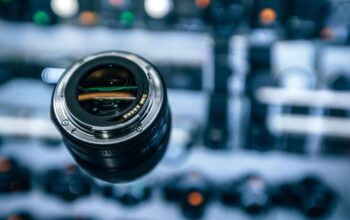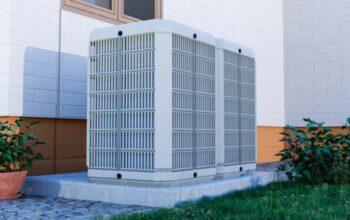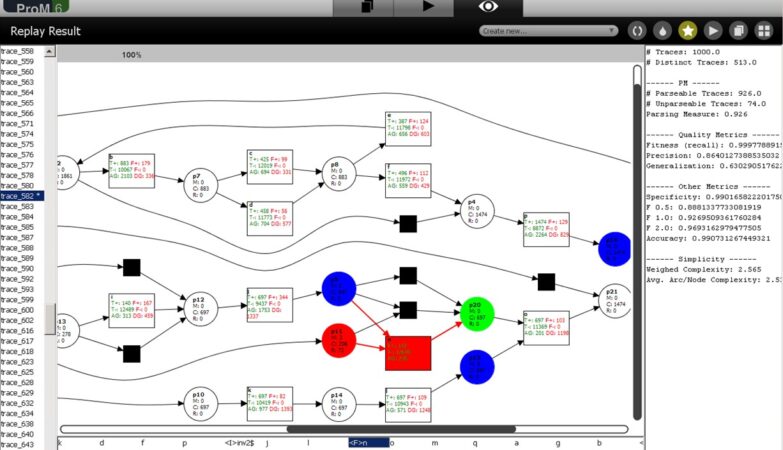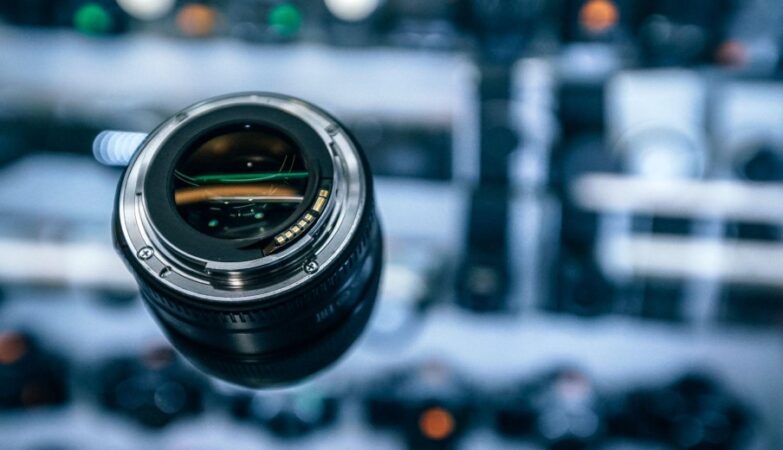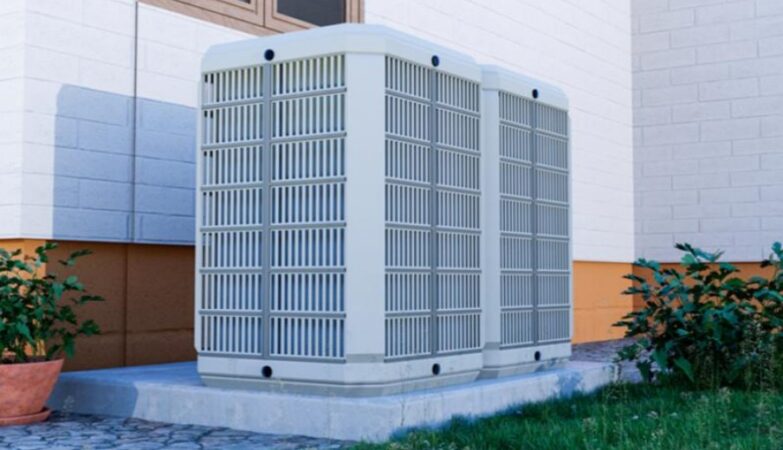The Canon EOS R5 and the Nikon Z7 II are two of the best mirrorless camera systems in the market right now. These two cameras camera out within a few months of the launch of each other. The Canon EOS R5 was announced on July 9th 2020. The Nikon Z7 II on the other hand was announced on October 14, 2020.
Here are the comparison chart of the two cameras side by side –
| Canon EOS R5 | Nikon Z7 II | |
| Sensor size | Full-frame | Full frame |
| Megapixels | 45 MP | 45.7 MP |
| Sensor type | Full frame CMOS | FX-format BSI CMOS |
| Image processor | DIGIC X | Dual EXPEED 6 |
| ISO sensitivity | 100 – 51200 in Manual mode | 64 – 25600 |
| Image Stabilization | 5-axis Sensor-shift type body based | 5-axis in-body Vibration Reduction. |
| 4K Video | 4K 120 10-Bit Internal video | UHD 4K 60 |
| 8K | 8K DCI up to 30p | N.A. |
| Frame rate | 12 fps mech shutter | 10 fps |
| Autofocusing | Dual-pixel CMOS autofocusing with 1053 Points | 493-Point Phase-Detect AF System |
| Memory card slot | Twin memory card slots CFexpress & SD UHS-II | Twin memory card slots CFexpress & SD UHS-II |
| EVF | 5.76-M Dot OLED EVF | 3.6M-Dot OLED EVF |
Two cameras are pretty evenly matched. However, there are a few notable differences. The frame rate of the Canon EOS R5 is 12 fps using the mechanical shutter. The frame rate of the Nikon Z7 II is 10 fps. With the electronic shutter the Canon EOS R5 can shoot at a phenomenal 20 fps.
Between the Nikon and Canon, it’s the later that’s likely to shoot the fast action shots better because of the additional frames per second.
The Nikon sensor is a BSI CMOS sensor. This promises better low light capability for the Nikon compared to the Canon which is normal CMOS sensor.
The Canon camera can capture 10-Bit 4K 120p videos internally. That’s a lot of information captured and a much higher frame rate compared to the UHD 4K 60p of the Nikon. Additionally, the Canon can capture 8K DCI at up to 30p.
The EVF on the Canon has more pixels and therefore a greater resolution compared to the EVF of the Nikon camera. Looking through the Canon EVF will give you a better, crispier image than the Nikon EVF.
Additionally, the Canon EOS R5 has a better buffer than the Nikon Z7 II. At 180 images the Canon has a much better buffer than the Nikon’s 77. The Canon is definitely the better of the two cameras when it comes to wildlife photography.
The two cameras have comparable performance when it comes to autofocusing. Subject tracking using the dual pixel CMOS autofocusing and the phase detection autofocusing are very similar.
Photographers! Sell your images on Planet Stock Photo.




